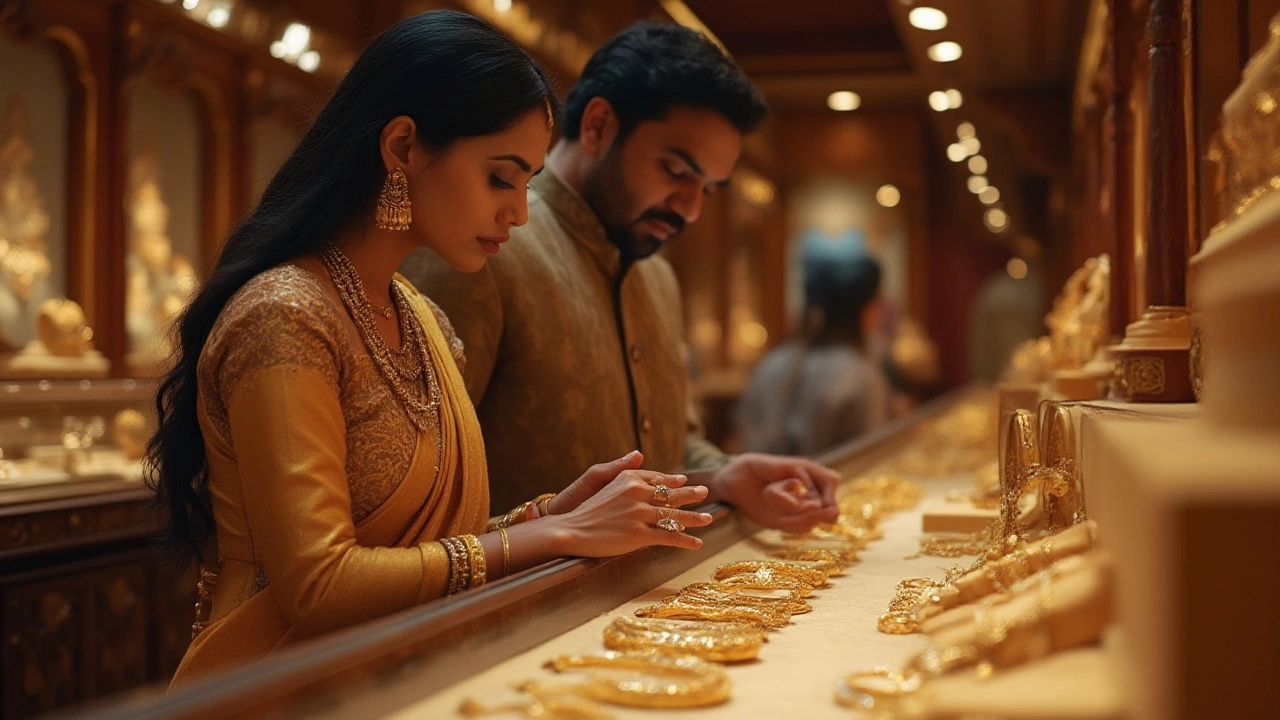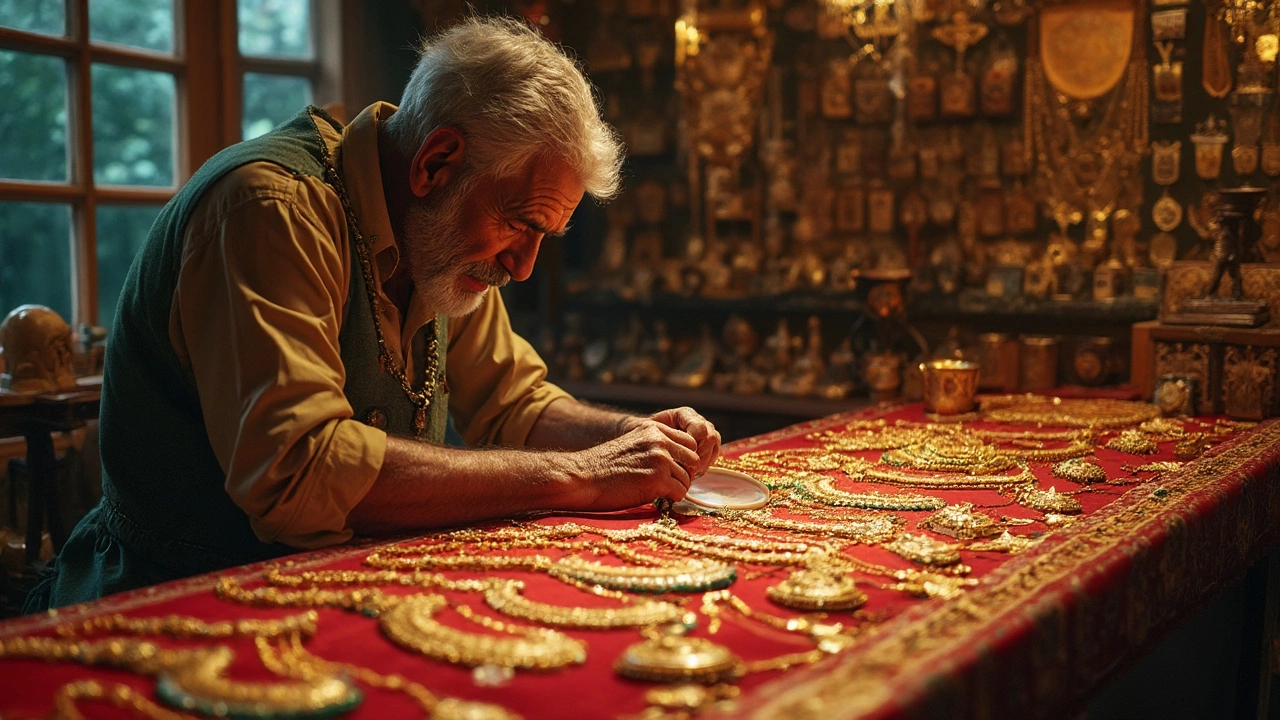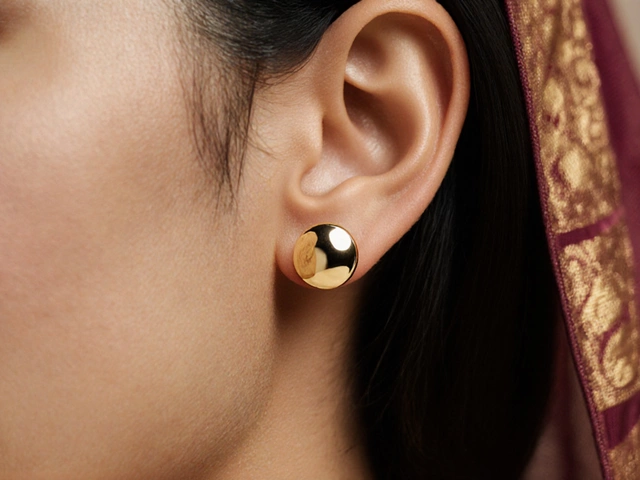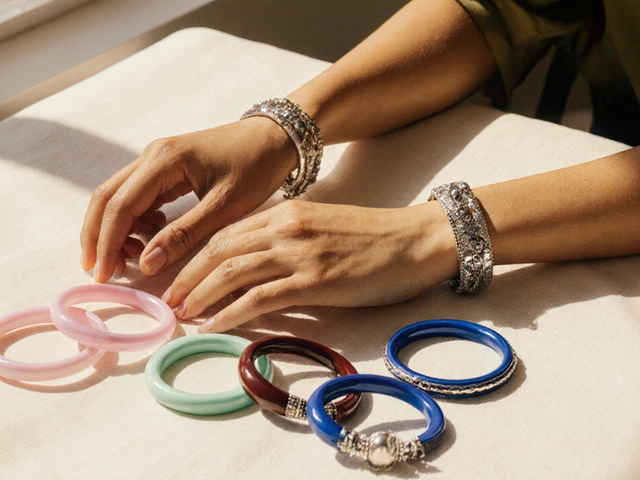Understanding Jewelry Value – Simple Steps to Know What Your Pieces Are Worth
Ever stare at a necklace or ring and wonder if it’s a hidden treasure or just a pretty piece? You’re not alone. Many people buy jewelry without a clue about real worth, then miss out on savings or profit. The good news? You can figure it out with a few easy checks. Below are the basics you need right now, no jargon, just clear actions.
Read the Hallmarks and Purity Marks
Every solid gold or silver item sold in India carries a stamp. Look for numbers like 875 (which means 21 K gold), 916 (22 K gold), or 833 (silver). These numbers tell you the purity, and purity directly affects price. If you see a BIS logo, that’s the Bureau of Indian Standards confirming the metal’s authenticity. Not all hallmarks are obvious; sometimes they’re tiny on the inside of a clasp or the back of a pendant. A simple magnifying glass helps spot them fast.
When you find a stamp, compare it to a quick online chart or a trusted guide. If the metal’s purity matches the stamp, you have a solid starting point for valuation. If the stamp is missing or looks suspicious, it could be plated or mixed with cheaper metals, which usually means a lower price.
Check Current Metal Prices and Market Trends
Gold and silver prices move daily, driven by global markets, currency changes, and even holiday demand. Before you price a piece, look up today’s rates for 22 K gold, 21 K gold, and pure silver. Multiply the metal weight (in grams) by the current price per gram, then adjust for purity. For example, a 10‑gram 21 K gold ring at a 21 K rate of ₹5,200 per gram would be roughly ₹52,000 before design or brand premiums.
Design and brand matter, too. A plain gold band will be worth less than a similar‑weight piece from a renowned designer or a vintage antique. If you own a piece with diamonds, check the carat weight, cut, and clarity. Even a small difference in clarity can swing value by thousands.
Seasonal trends also play a role. Gold often peaks during wedding season (October‑December) and dips after major festivals. Knowing when prices dip can save you money if you’re buying, while selling during a peak can boost returns.
Now that you have metal purity and market rates, combine them with any brand or design premium. The sum gives you a realistic base value. From there, decide if you want to keep, insure, or sell.
Quick checklist:
- Spot the hallmark (875, 916, 833, BIS, etc.).
- Confirm the metal weight with a scale.
- Look up today’s gold and silver rates.
- Adjust for purity and design premiums.
- Check recent resale prices for similar pieces.
Remember, jewelry is both an accessory and an investment. By mastering these simple steps, you turn every piece into a clear‑cut asset rather than a mystery you’d rather avoid.
Jewelry That Holds Value: Best Picks for Timeless Investment
Discover which jewelry pieces truly keep their value with honest, practical advice. Learn why some pieces endure as investments and get tips to buy wisely.
How to Determine If Your Antique Jewelry Is Valuable
Trying to figure out if your antique jewelry is valuable can be tricky. There are several factors you need to consider, like the age, rarity, and condition of the pieces. Knowing what to look for, such as maker's marks and the history of the piece, can help you assess its true worth. Getting a professional appraisal might be necessary if you suspect a piece is particularly valuable.






